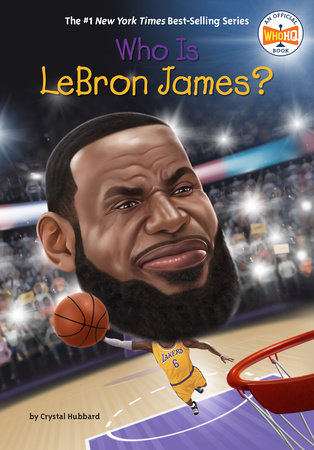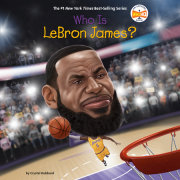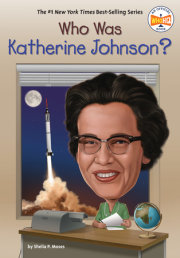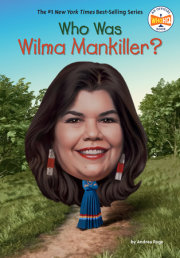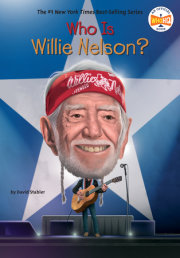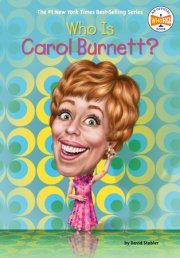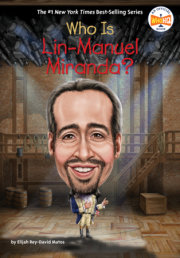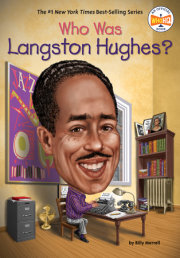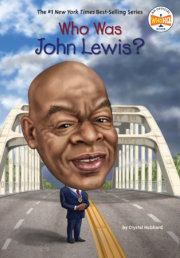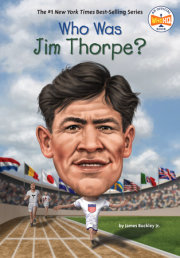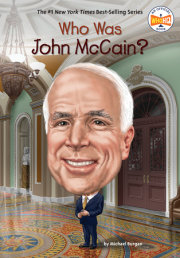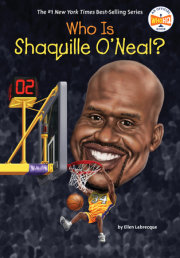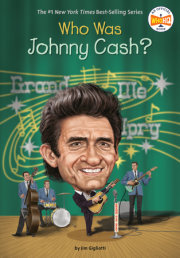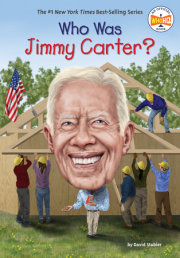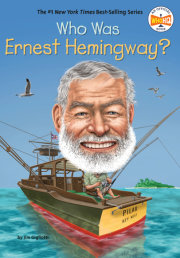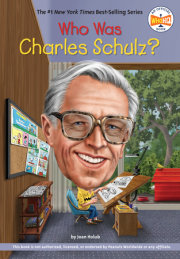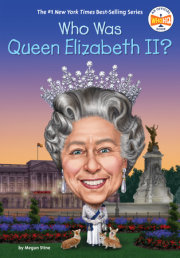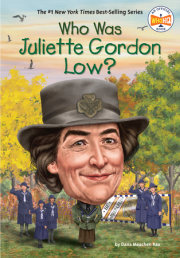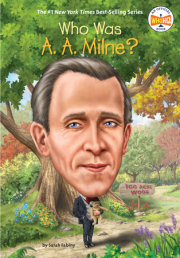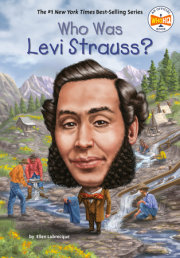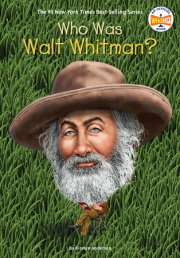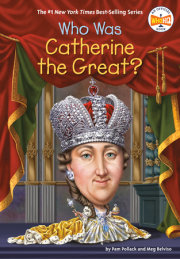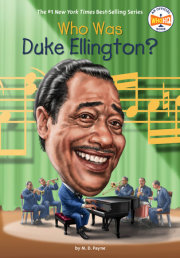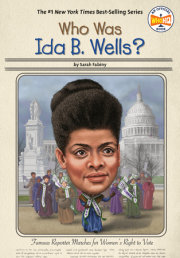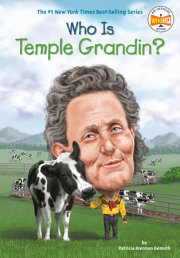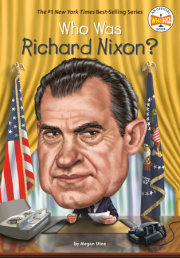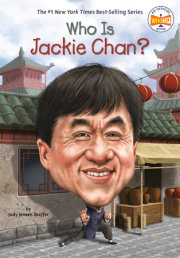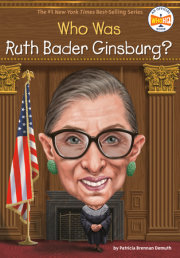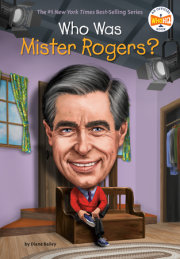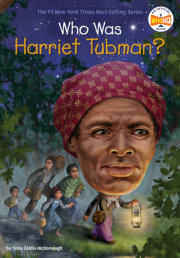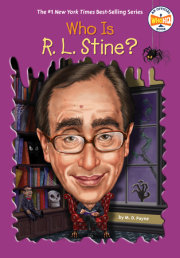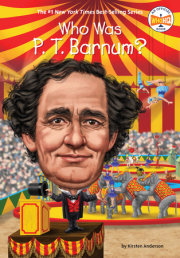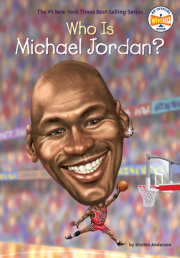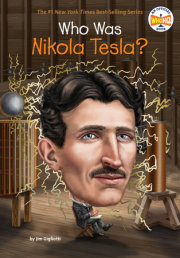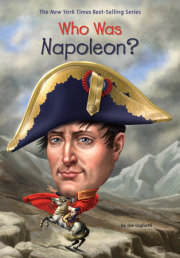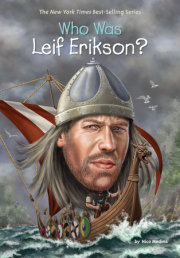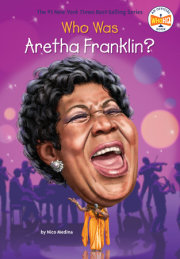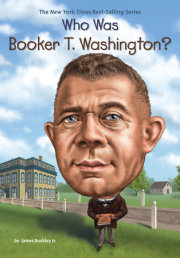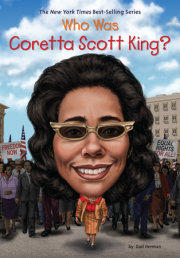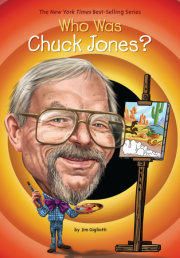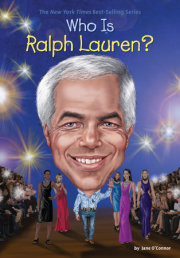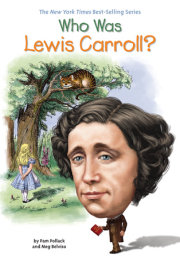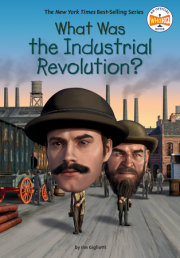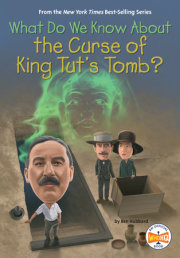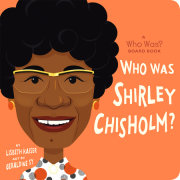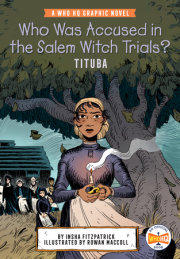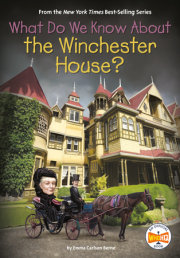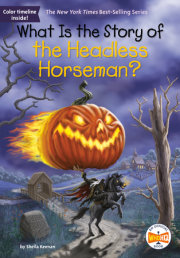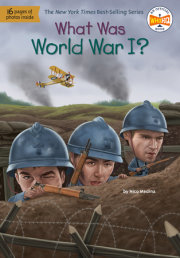Who Is LeBron James? On July 8, 2010, sports channel ESPN aired a special broadcast called
The Decision. LeBron James was the reigning king of the National Basketball Association (NBA). King James, as he was nicknamed, was a free agent after playing for the Cleveland Cavaliers for seven seasons. Players who are free agents can choose the basketball team they wish to play for. LeBron sat down with sportscaster Jim Gray to announce the name of the basketball team he’d decided to join for the 2010–2011 season.
The Decision—as it was called—was broadcast from a Boys & Girls Club in Greenwich, Connecticut. LeBron decided to make his announcement on live TV because ESPN agreed to donate the advertising money from the broadcast’s sponsors to the Boys & Girls Clubs of America organization, as well as to other charities. Throughout his career, LeBron had supported the Boys & Girls Clubs. Announcing the name of his new team on ESPN gave LeBron the chance to raise millions of dollars for the organization.
Jim Gray never asked LeBron why he agreed to have his decision televised or why it was taking place at a Boys & Girls Club. Millions of people watched the show to hear LeBron say, “In this fall . . . This is very tough. In this fall, I’m going to take my talents to South Beach and join the Miami Heat.”
There were a lot of reactions to LeBron’s decision. Some Cleveland Cavaliers fans felt betrayed and even burned their No. 23 jerseys! That was LeBron’s jersey number. Basketball greats such as Michael Jordan and Magic Johnson criticized LeBron for making such a public display with his decision. LeBron was accused of placing his own fame above the game for announcing his decision on television.
The Decision was the beginning of the most difficult time of LeBron’s career.
Not everyone was disappointed by
The Decision. Miami Heat fans celebrated, knowing that one of the greatest players in the game would be coming to their team. And LeBron himself knew that he was taking control of his own destiny.
Chapter 1: A Prince Is Born On December 30, 1984, Gloria James gave birth to a boy at Summa Akron City Hospital in Akron, Ohio. She named him LeBron Raymone James. At sixteen years old, Gloria was a very young mother. She was determined to be a good mother. LeBron’s father was not a part of his life, but LeBron had family around him. He and Gloria lived with his grandmother Freda and his uncles Curt and Terry in a house on Hickory Street. Everyone helped Gloria care for LeBron. His uncle Curt, who was only nine years old, was one of LeBron’s earliest playmates. The family didn’t have much money, but they had plenty of love for LeBron.
The family lived on Hickory Street in a rough neighborhood. Under the watchful eyes and constant care of his family, especially Grandma Freda, LeBron grew into a happy, athletic little boy. The year he turned three, LeBron discovered the joy of basketball. Gloria gave him a kiddie basketball and hoop set for Christmas. Even when the hoop was raised to its highest level, little LeBron could slam-dunk the ball into the net.
That Christmas, LeBron sadly had his first experience with grief. In the early hours of Christmas morning, Grandma Freda’s loving heart gave out, and she passed away. Grandma Freda was the heart of the James family. When she died, the family had a difficult time maintaining the house on Hickory Street. It became harder to pay bills for electricity and heat. The house fell into such disrepair, it was considered unlivable. The family had to find another home.
Gloria and LeBron moved from one friend’s home to another, staying as long as they could before having to go elsewhere. LeBron estimated that he and his mother moved about a dozen times between the time he was five and eight years old. All the moving meant LeBron missed a lot of school—between eighty and a hundred days in his fourth-grade year.
In 1993, LeBron began playing on a peewee football team called the East Dragons, coached by Bruce Kelker. LeBron was a shy, tall, and skinny eight-year-old when he joined the team, but he was a very good player. He scored seventeen touchdowns in his first season with the Dragons. LeBron and his mother lived with Bruce and his girlfriend for a little while. When they had to move again, Frank Walker Sr., coach of the South Side Rangers peewee football team, offered a solution.
Coach Walker recognized LeBron’s athletic talent as well as the difficulties of his living situation. Without structure and stability, LeBron was at risk of joining a gang, using drugs, and skipping school. After discussing it with his wife, Pam, Coach Walker asked Gloria if she would be willing to allow LeBron to stay with them, just until she found a more permanent place to live. The Walkers lived in a spacious home in a safe neighborhood. They had a son LeBron’s age and a backyard for LeBron to play in.
Gloria had a tough decision to make. Should she allow her son to live with the Walkers and their son and two daughters? Would LeBron think she was sending him away? Would he be angry with her? Would he fit in with the Walkers and follow their rules?
The Walkers told Gloria she could visit LeBron any time she wanted. After giving it much thought, Gloria decided it would be best for LeBron to live with the Walkers while she saved enough money for a home for herself and her son. The Walkers provided the stability and support LeBron needed. He lived with them during the week and with Gloria on weekends.
Frankie Walker Jr., Coach Walker’s son, became like a brother to LeBron, although it didn’t start out that way. Frankie, who had been a very good player on his father’s football team, found himself competing with the big, strong, skilled LeBron. The two boys eventually became good teammates and close friends.
The Walkers made sure LeBron attended school and completed his homework. They gave him chores and other household responsibilities. LeBron had a positive male role model in Coach Walker. Pam Walker worked as an aide to US Representatives Tom Sawyer, Sherrod Brown, and Betty Sutton. She and her husband showed LeBron prominent Black people who held successful careers. He had entered a world where attending college and being successful were expected. The Walkers were exactly what Gloria and LeBron needed at that time.
Living with the Walkers gave LeBron the discipline he needed to achieve perfect attendance at Portage Path Elementary for fifth grade. He was a hardworking student and earned a B average. That was also the year LeBron began playing youth recreation league basketball at the Summit Lake Community Center. His team, the Hornets, was also coached by Frank Walker Sr.
LeBron was in sixth grade when Gloria found a nice apartment for them. One of LeBron’s fondest memories of childhood was getting his key to his own home. “I knew my mom was going to be there every single day,” LeBron later said. “I had my own key that I wore around my neck. Having your own key to your own crib—that’s the greatest thing in the world. And you learn responsibility, because you don’t dare lose that key.”
Chapter 2: The Fab Four It didn’t take long for LeBron to become a star player for the Hornets. The power and skill he had shown playing football easily transferred to basketball. LeBron was fast. He was also graceful and had great instincts for the game. What most impressed Coach Walker was LeBron’s ability to quickly learn new plays and skills. But right-handed LeBron had to work hard to learn to dribble and shoot with his left hand. In time, his left-handed layup became just as good as his right.
LeBron heeded the advice of all of his coaches. Dru Joyce II coached LeBron’s Amateur Athletic Union (AAU) team, the Shooting Stars. Twelve-year-old LeBron was almost six feet tall, and he was an aggressive player who loved shooting. Coach Joyce taught LeBron the importance of passing the ball and that great basketball players work to make their teammates stronger, too. Coach Joyce never had to repeat that lesson. LeBron began passing the ball as much as shooting it.
LeBron became best friends with a few of his Shooting Stars teammates: Dru Joyce III (“Little Dru”), Willie McGee, and Sian Cotton. The boys called themselves the Fab Four, which had first been the nickname of the superstar British rock group the Beatles.
Little Dru, the son of the coach, always spoke his mind and had the steady support of his father. Willie, the quietest of the group, was from Chicago. His parents had sent him to Akron to live with his older brother. Sian wasn’t a great shooter, but he protected his teammates and grabbed lots of rebounds. Sian was a big kid who also played football.
In the summer before eighth grade, the team qualified for a national championship tournament. They didn’t win, but the loss united them. They promised to work harder, stay together, and go on to win a national title.
The boys did just that. In the Fab Four’s five years playing in the AAU, the Shooting Stars won six national championship titles and more than two hundred games! LeBron was such a good player, he received a lot of national attention. He was known throughout the United States as one of the best young basketball players in the nation. When the time came for LeBron to go to high school, the expectation was that he would attend John R. Buchtel High School, a predominantly Black school in Akron with a very successful basketball program.
The Fab Four knew that Little Dru was probably too short to make Buchtel’s basketball team. LeBron had to make a very important decision—whether to attend Buchtel and play for a strong team or to go elsewhere to keep the Fab Four together. The boys decided to stay together, and in 1999, they began attending St. Vincent–St. Mary High School. LeBron was fourteen years old.
Known as “St. V,” the small Catholic school was strong academically. But it wasn’t known as a strong basketball school. St. V’s basketball coach, Keith Dambrot, was well-known to the Fab Four. Coach Dambrot instructed basketball clinics on Sundays at the local Jewish Community Center. LeBron and some of his Shooting Stars teammates had attended those clinics every week when they were in eighth grade. Coach Dambrot had assured Little Dru that at St. V, he’d get the chance to be on the basketball team and play. Little Dru’s decision to attend St. V brought the rest of the Fab Four with him. Once there, Dru, Willie, Sian, and LeBron met Romeo Travis. Romeo had an aggressive attitude, but he seemed to mellow once he became friends with the Fab Four. The boys welcomed Romeo into their friendship bubble, creating the Fab Five.
Copyright © 2023 by Penguin Random House LLC. All rights reserved. No part of this excerpt may be reproduced or reprinted without permission in writing from the publisher.

